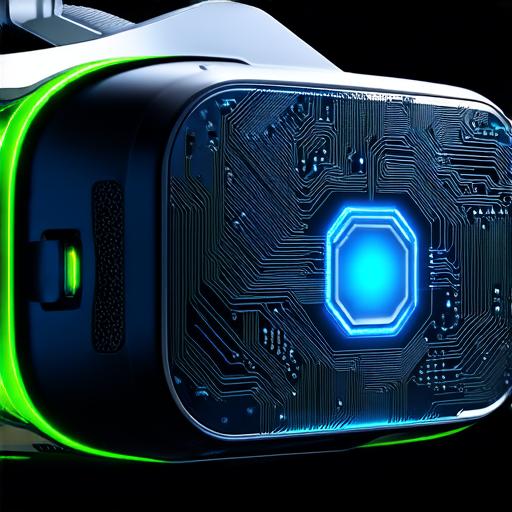Virtual reality technology is rapidly advancing and becoming more accessible to the general public. As VR games continue to evolve, it’s important for developers to understand how they work and what makes them engaging for players. In this article, we’ll explore the mechanics of virtual reality games and provide tips on how to optimize your experience.
What is Virtual Reality?
Virtual reality technology allows users to enter a simulated environment that feels real and immersive. VR games typically require specialized hardware such as headsets, controllers, and sensors, which track the user’s movements and translate them into the virtual world.
Mechanics of Virtual Reality Games
One of the key mechanics in VR games is movement tracking. The sensors and controllers used in VR technology allow for precise tracking of a user’s movements, including hand and body movements. This creates a sense of presence and immersion that is not possible with traditional gaming devices such as controllers or joysticks.
Another important aspect of VR games is the use of stereoscopic displays. These displays project two separate images into each eye, creating a 3D effect that enhances the sense of immersion. Stereoscopic displays also allow for greater depth perception and help to prevent motion sickness, which can be a common issue with VR games.
Immersive storytelling is another important aspect of VR games. Many VR games are designed to tell a narrative or create an emotional experience, often through the use of interactive elements such as choice-based mechanics and branching narratives. These elements allow players to feel like they are part of the story and create a deeper sense of engagement.
Optimizing Your Virtual Reality Experience
While virtual reality technology is rapidly advancing, it’s important for developers to understand what makes VR games engaging for players. To optimize your experience, consider the following tips:
- Know Your Audience
It’s important to understand who your target audience is and what they are looking for in a VR game. This can help you design a game that will resonate with your audience and keep them engaged throughout the experience.2. Keep it Simple
While virtual reality technology offers many possibilities, it’s important to keep things simple and intuitive. Complex controls and overwhelming visual effects can be overwhelming for players and detract from the immersive experience.

3. Test and Iterate
Virtual reality technology is still relatively new, and there are always new ways to optimize your experience. It’s important to test your game with a variety of users and gather feedback to help you refine and improve your design.
4. Focus on Immersion
One of the key benefits of VR games is the sense of immersion they provide. To maximize this effect, focus on creating a believable and realistic virtual environment that responds to the user’s movements in a natural and intuitive way.
5. Use Interactive Elements
Interactive elements such as choice-based mechanics and branching narratives can help keep players engaged and invested in the game. These elements allow players to feel like they are part of the story and create a deeper sense of immersion.
Examples of Virtual Reality Games
There are many virtual reality games available that showcase the potential of this technology. Some examples include:
- "Beat Saber" – This game uses rhythm and music to create an immersive and engaging experience. Players use virtual lightsabers to slash through incoming blocks, creating a fun and energetic experience.
- "Tilt Brush" – This game allows players to paint in a virtual environment using motion-controlled brushes. The game’s intuitive controls and endless possibilities make it a great example of how VR games can be optimized for immersive storytelling.
